Weddings are an event that is celebrated universally to commemorate the joining of two people as they set off together in life.
But there is a great diversity in the way different communities celebrate this happy occasion, each with its different wedding traditions across the world. These practices are not just empty traditions; rather, they represent deep-rooted aspects of cultural consciousness that have evolved keeping pace with historical changes and reflecting social values.
This blog post takes you on a world tour of wedding traditions across the world. Learning about such customs helps us realize how much our global society has been shaped by various cultural heritages when it comes to expressing love and commitment among people everywhere.
Importance of Wedding Traditions
Wedding traditions are packed with meaning for a variety of reasons, whether cultural, historical, or social. Different wedding traditions have deep roots in different societies. They keep alive cultural identity by handing down rites and practices from one generation to the next.
The importance of Wedding Traditions is seen in the values or concepts within traditions. For example, the giving of rings is symbolic of unity and commitment between couples; breaking glass at some ceremonies represents the fragility of life as well as the gravity inherent in making such commitments.
Amidst a continuously changing world, marriage customs give people an anchor point that endures through time. They act as maps through significant events in life while providing safe harbors during transitional periods when everything seems strange and scary.
Read More: Keeping The Spark Alive: 10 Fun And Creative Date Night Ideas for Parents!
10 Unique Wedding Traditions Across The World
The following are the ten different wedding traditions across the world:
1. India – Haldi Ceremony:
India celebrates the haldi ceremony which is a pre-wedding rituals full of gaiety and vibrant hues. In this celebration, a mixture of turmeric, sandalwood, and other ingredients is smeared on both bride and groom by their relatives and friends.
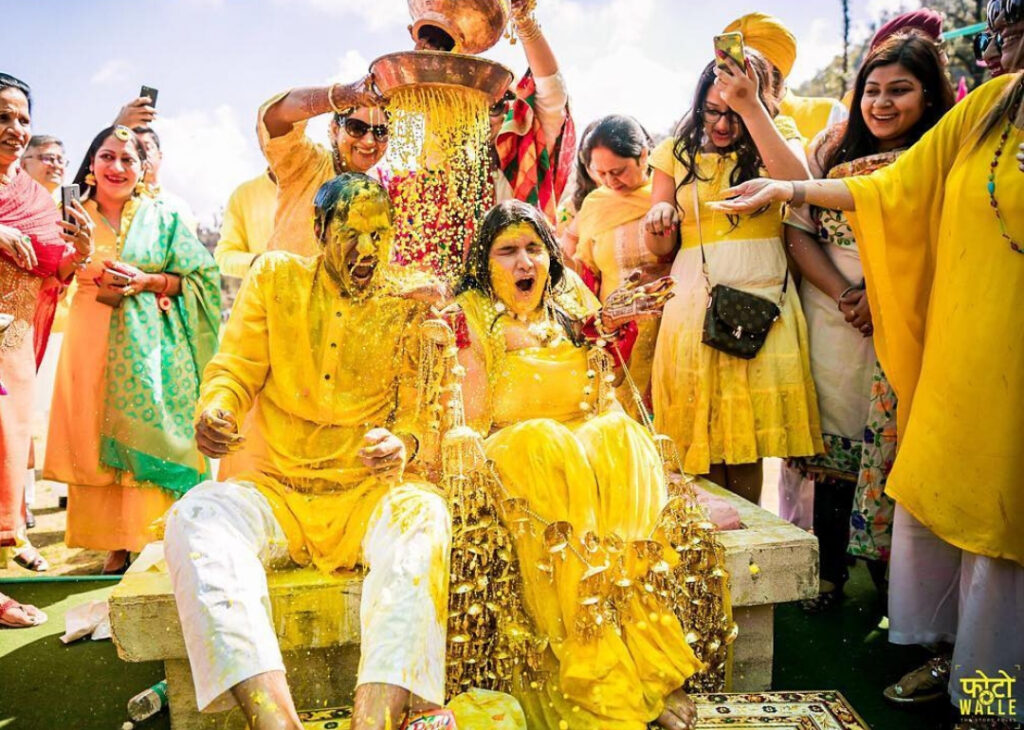
This paste is believed to be lucky for the couple and also protects them from evil spirits. Additionally, it is said that turmeric’s yellow color gives skin a natural glow ensuring that brides as well as grooms look beautiful on their wedding day.
Singing, and dancing among other traditional activities accompany this event thus underscoring its communal aspect and reflecting typical Indian weddings’ celebratory nature.
The Haldi ceremony not only serves as a time for blessings but also offers an opportunity for families to come closer together while sharing happiness over such momentous occasions in life.
2. Japan – San San Kudo:
San San Kudo is an important part of Shinto weddings held traditionally in Japan. During this wedding ritual, three different-sized sake cups are used and each partner sips thrice from them. It is among the most unique wedding traditions across the world.

Three is considered sacred because it represents heaven; earth; and humankind respectively according to Japanese culture hence being involved here too.
Another number that signifies luckiness is nine which means there will be nine sips taken overall during the rite reflecting the union between husband-to-be plus wife-to-be along with their families coming together through marriage.
San San Kudo is deeply rooted in customs therefore showing how much respect for family; and harmony between people matters most among Japanese citizens even today.
3. Kenya – Maasai Marriage Blessing:
One of the most unique wedding traditions across the world can seen in the Maasai culture in Kenya, there is a unique symbolic tradition. The father of the bride blesses her by spitting on her head and chest before she leaves for her new husband’s home.
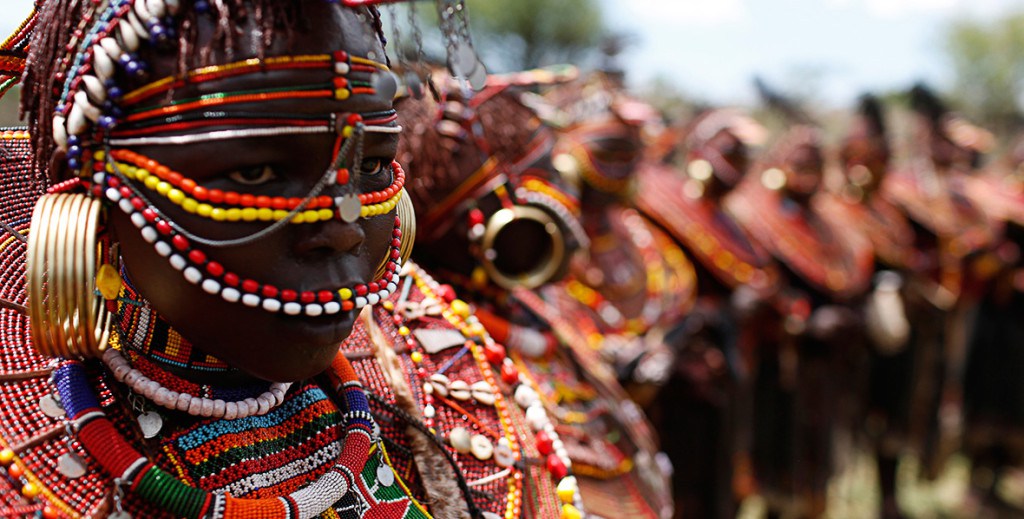
This act is considered to be strange but it is believed to bring good luck among the Maasai community. Spitting means respect and blessing in this context to safeguard the wife’s life and ensure that she prospers in the future.
The blessing reflects how much respect the Maasai people have for their customs as well as being one of those powerful moments that define marriage culturally speaking; vibrant music accompanies dances during these ceremonies too – rich indeed!
4. Jamaica – Villagers’ Approval:
Some Jamaican societies hold that while getting ready for her nuptials, a bride must walk through town dressed up in full bridal regalia so that villagers can see what she looks like – and either give their approval or disapproval thereof!

The support from the local community for wedding traditions across the world is deemed crucial since it shows their blessings upon them; this also points out how tightly knitted such neighborhoods are when celebrating marriages together.
It tends to turn into an exuberant parade complete with music and dance which adds more happiness to those preparing for marriage occasions
5. Sweden – Shoe theft:
The Swedes have always had their unique way of celebrating weddings; they are known for their fun-loving and playful nature.

Among the many interesting customs in Swedish weddings is the shoe theft game which allows guests from either side (men or women) to steal a kiss from the remaining partner if one of them leaves the room during reception.
Most times, this activity takes place amid laughter and cheers thus fostering liveliness and happiness throughout that particular day or night while strangers become friends through such games played together under one roof marking significant life moments according to local beliefs.
Read More: Identifying 5 Common Dysfunctional Family Traits and How to Address Them Effectively
6. Romania – Kidnapping the bride:
In Romania, there exists a tradition where close allies of grooms kidnap their brides during the reception hours; thereafter different things should be done by men including performing tasks, paying ransom money, or even making pledges before winning back these ladies.
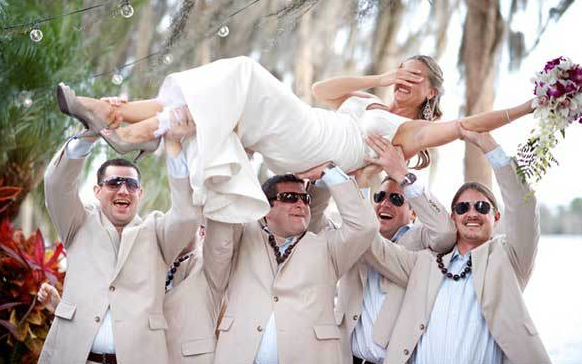
The essence behind such acts is to test how much dedication bridegrooms possess towards their partners as well as the willingness shown when trying hard so that they can be reunited with them again.
This particular light-hearted custom demonstrates community integration with couples’ union coupled with unexpectedness plus adventure element attached thereby signifying readiness on the part groom to face up challenges about his wedlock
7. The release of doves in the Philippines
In the Philippines, they have this beautiful and symbolic wedding ritual during the ceremony where after exchanging vows, the couple releases two white doves into the sky which represent peace, harmony, and a long happy life together.
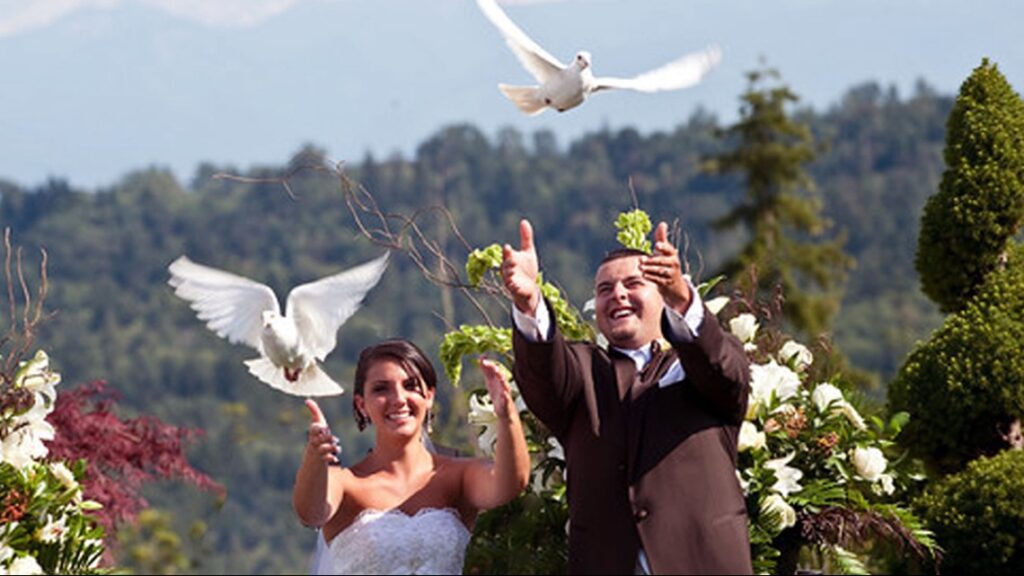
This symbolizes their dreams and aspirations for a peaceful future as well as their desire to create an environment filled with love and understanding. It is also often greeted by cheers or applause from guests who attend the event thereby creating more fun moments during such festive occasions as weddings.
It can be interpreted as a sign that marks the beginning of another stage in life shared between husband and wife. Filipino marriages are full of wedding rituals that speak volumes about family values and, love among others hence reflecting unity within diverse communities found there.
8. Poland – Money Dance:
The money dance is one of those traditions commonly practiced in Polish weddings bringing both practicality and joy into play at once.
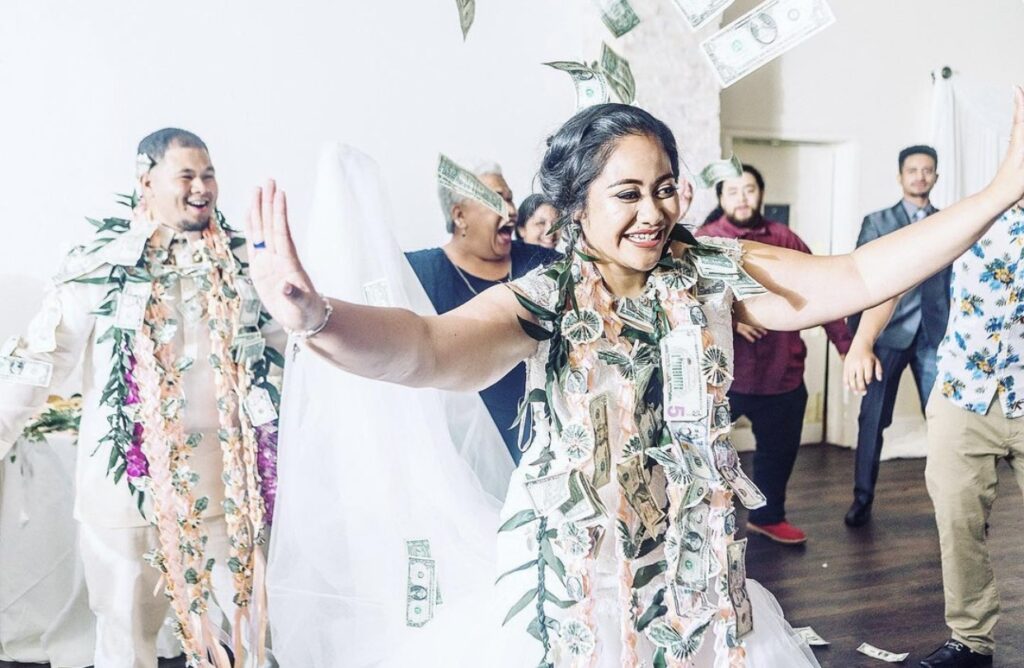
These wedding traditions across the world usually take place during the reception where people take turns dancing with the bride while pinning notes on her gown or tucking them inside special aprons made for this purpose.
At times however, some may view any amount collected as not only being used but also going towards ensuring that they have a successful marriage life together hence signifying happiness brought about by community support within Polish culture
9. Norway: Gold Crown
A silver and gold crown is worn by brides in Norway as part of their wedding ensemble. The tiara, usually dangling with tiny ornaments that create musical sounds when the wearer moves about, is a thing of beauty.
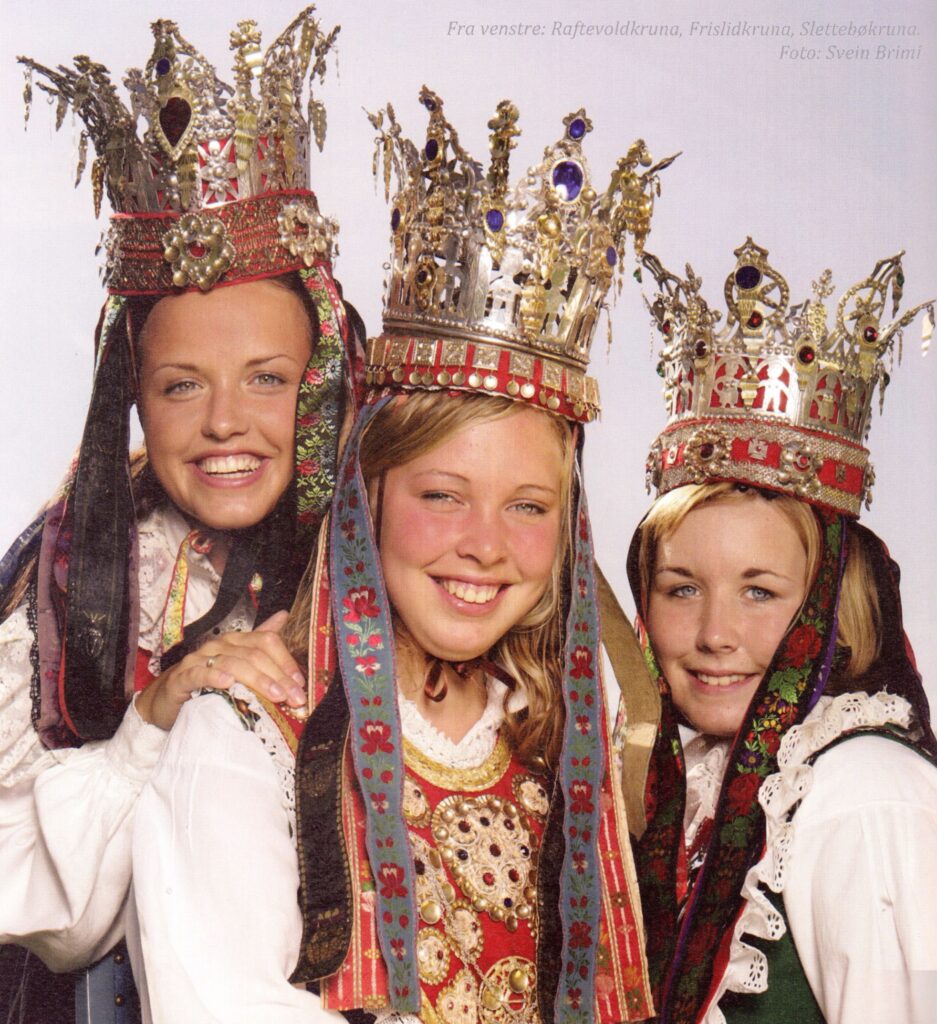
Norwegians believe this noise scares away evil spirits from the bride on her big day; hence it acts both as a headdress and an amulet. In addition to being an attractive accessory for any woman’s headwear collection; this object carries another meaning – purity.
Light tinkling produced by these little figures sets up a peaceful ambiance during weddings thereby making people enjoy themselves better while there.
This particular practice highlights the importance of safety, aesthetics, and cultural heritage appreciation during marriage events among Norwegians.
10. Mongolia: Picking Out The Wedding Date
Arranging a wedding date in Mongolia comes with unique steps that may seem bizarre elsewhere. To be able to select the right day, couples must slaughter a baby chicken together and then inspect its liver.
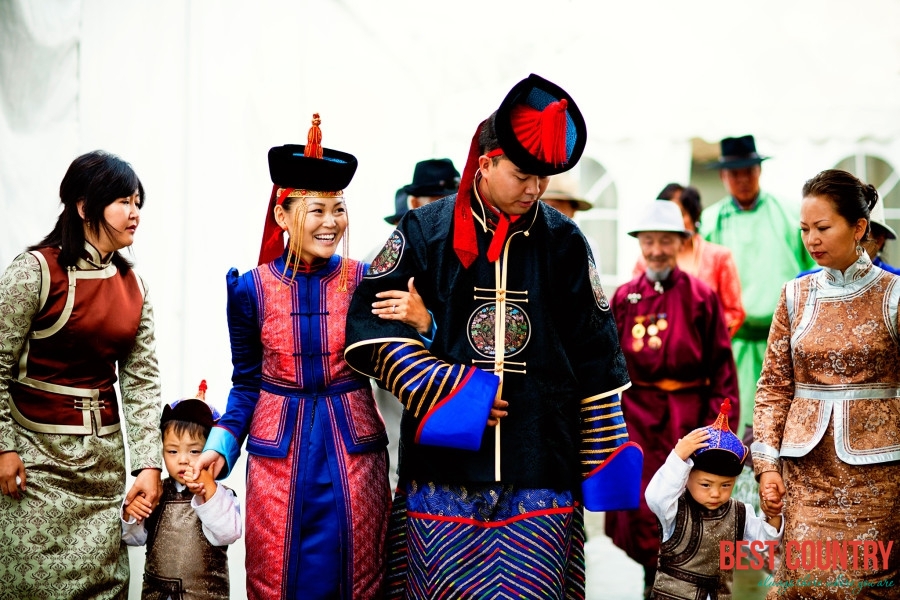
They should use the condition of the liver as an indicator of whether such a chosen day would work well for their married life. If everything looks fine health-wise this becomes a positive sign but if not they need to change plans accordingly.
The importance of wedding traditions can be seen in how much they value time consciousness based on traditional beliefs in Mongolia which sometimes are seen as strange by outsiders too.
It’s all about following traditions deeply rooted in Mongolians’ souls and respecting old wisdom handed down over generations from ancestors.
Therefore young couples hope that by doing so they will live happily ever after side by taking into consideration signs or symbols drawn upon their cultural background. This continuation of traditions serves as the basis of the importance of wedding traditions.
Read More: What Is A Toxic Family And Signs You Grew Up In A Toxic Family
A Word From Mind Family
Know that the importance of wedding traditions across the world are not just ceremonies that unite two individuals. They also represent very deep-rooted traditions and cultural values.
Various reasons make wedding traditions very important, involving culture, history, and society on a deeper level.
In this way, they become tools for preserving an individual’s cultural identity by being passed from one generation to another thereby maintaining rituals and practices in society. We believe at Mind Family that understanding these various customs and respecting them adds value to our lives.
This is because whether you are organizing your own marriage ceremony or appreciating such beautiful customs, there is a need to recognize their significance for us to deepen our connection with other people as well as the world we live in.
Frequently Asked Questions (FAQs)
Why are wedding traditions important?
Wedding traditions across the world honor cultural heritage, provide symbolic meaning, and offer continuity in life transitions. They connect couples to their roots, embody values such as commitment, and provide a familiar framework for celebrating significant life events.
What is the Haldi ceremony in India?
The Haldi ceremony involves applying turmeric paste to the bride and groom, believed to bless them with good luck and ward off evil spirits. It also brings a natural glow to their skin and is accompanied by singing and dancing.
What is the San San Kudo ritual in Japan?
San San Kudo is a Shinto wedding ritual where the bride and groom each take three sips from three sake cups, symbolizing their union and the bonding of their families. The number three is sacred, representing heaven, earth, and humankind.
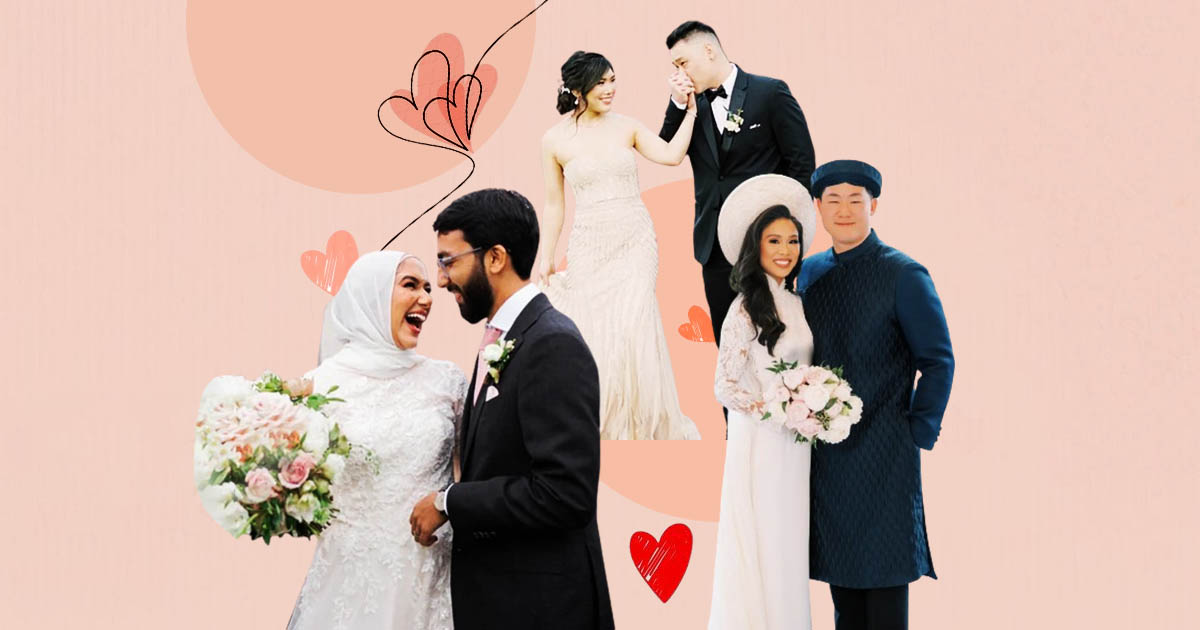







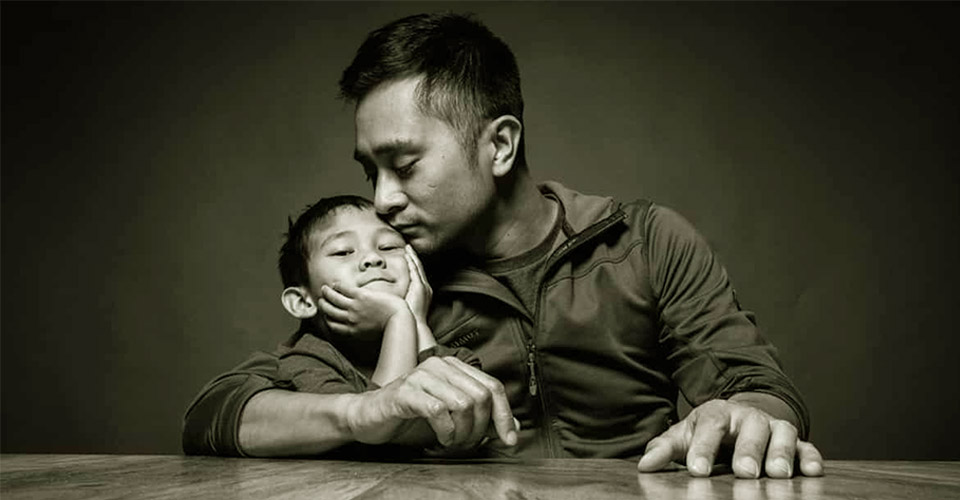




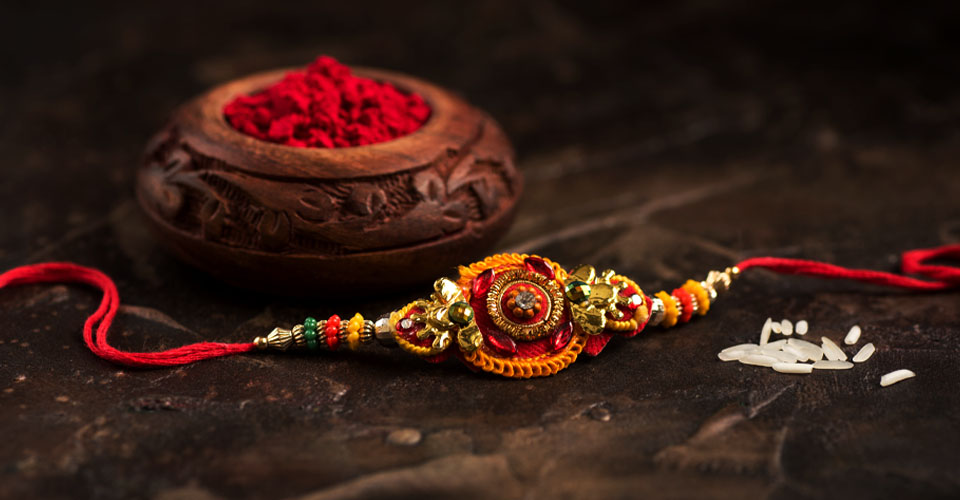
Leave a Reply